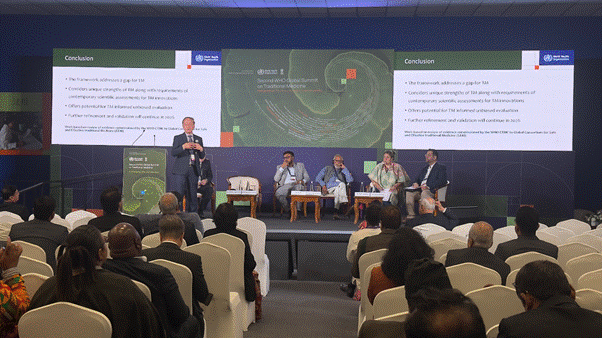
Immediate global action is required to prevent famine in the Horn of Africa
Nairobi: A 5th consecutive season of drought has been set in motion by a poor start to October – December rains in the Horn of Africa. Below-average rainfall is also considered likely to continue during the March-May 2023 season. The longest and most severe drought in recent history is expected to continue well into 2023.
Despite the intrinsic uncertainty of rainfall forecasts, there is solid certainty about the urgent need for global support and solidarity to avert a Famine (IPC Phase 5) in the months ahead in the Horn of Africa. During the 2011 drought, 260,000 people died in Somalia, with the majority of deaths occurring before a Famine (IPC Phase 5) was declared.
While a humanitarian catastrophe is occurring now, the Ethiopia, Kenya, and Somalia drought response plans are only 50 per cent funded despite escalating needs, severely limiting humanitarian agencies’ capacities to respond. More funds are required immediately to save lives before it is too late. The world should not allow a repeat of what occurred in the region in 2011.
Already, 20.9 million people are highly food insecure (IPC Phase 3+) due to the two-year drought, including 3.4 million people in Emergency (IPC Phase 4) in Kenya and Somalia and 300,560 people in Catastrophe (IPC Phase 5) in Somalia. In southern Ethiopia, IPC-compatible analyses show widespread Emergency (IPC Phase 4) area classifications and indicate that there are likely households in Catastrophe (IPC Phase 5). In Somalia, parts of Bay region are projected to face Famine (IPC Phase 5) while several other central and southern areas face a Risk of Famine by the end of the year.

Significant increases in severe acute malnutrition admissions to nutrition treatment programmes have been observed across the Horn of Africa, several UN Agencies (see above image) stated today in a joint press release. Overall, 7.46 million children under the age of five are estimated to face acute malnutrition, including 1.85 million facing its severe form. Increases in child deaths have also been observed. For example, the recent Somalia Post-Gu assessment found under-five death rates exceeding 2/10,000/day amongst four surveyed population groups.
About 23.75 million people face daily household water insecurity. This increases their vulnerability to water-borne diseases, and forces women and children to travel long distances to fetch water, exposing them to heightened risks of violence and exploitation. The drought impacts on health risks are also significant, and multiple ongoing disease outbreaks, including measles and cholera, for which health outcomes are worse when combined with malnutrition, are major public health concerns. Facing severely limited access to food, water, and other resources, 1.77 million people have fled their homes, becoming internally displaced, and over 40,000 have sought refuge in neighbouring countries since the start of 2022.
The situation is deteriorating due to the poor beginning of the October – December rains, particularly in Kenya and southern Somalia. From October 1 to November 15, 2022, these areas are expected to receive rainfall totals that are less than 60 per cent of average, with some worst-affected areas, particularly in Kenya, experiencing the poorest start of the season on record. Worryingly, there is a broad consensus across meteorological agencies that the probability of continued below-average rains through the remainder of the season is high, resulting in an unprecedented fifth consecutive poor season.
Preparations should be made for the likelihood that the March to May (MAM) 2023 rainy season is also below average, which, should it materialize, would culminate in a record sixth consecutive poor season. Over the past 25 years, climate change and variability have contributed to a high frequency of below-normal rainy seasons in the Horn of Africa. Analyses of forecast sea surface temperatures in relevant parts of the Pacific Ocean are also consistent with those of past dry MAM seasons. Although long-lead forecasts have an inherent level of uncertainty and therefore need to be closely monitored, the current consensus among experts is that below-average rainfall is considered likely to continue during the MAM 2023 season.
Regardless of next year’s rainfall performance, recovery from a drought of this magnitude will take years, with extremely high humanitarian needs set to persist and even increase in 2023. Many people have completely lost their livelihoods and coping capacities and are relying heavily on assistance to meet basic needs, which will challenge the drought recovery.
Given rising death rates in many areas, the size of the affected population, and the likely duration of the crisis, the cumulative levels of excess mortality could become as high as in 2011.
– global bihari bureau





